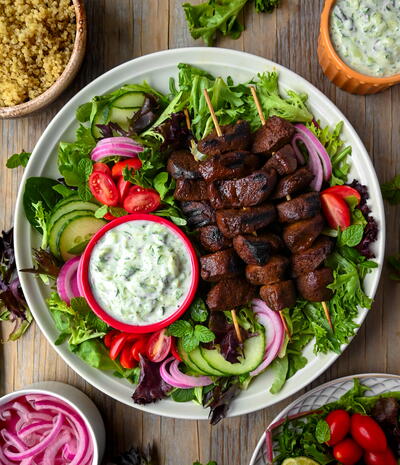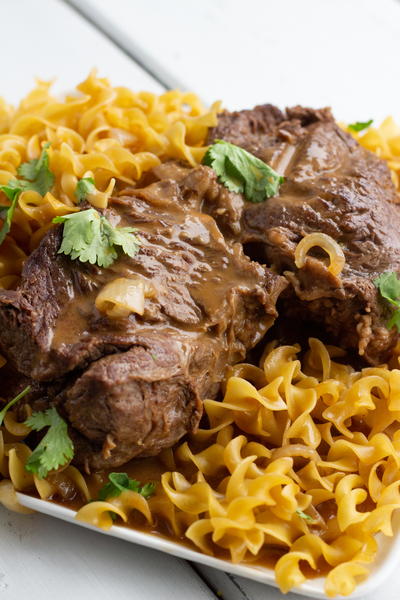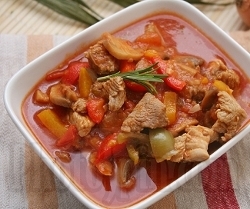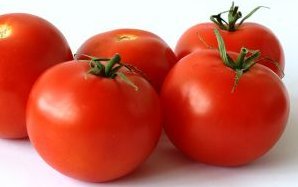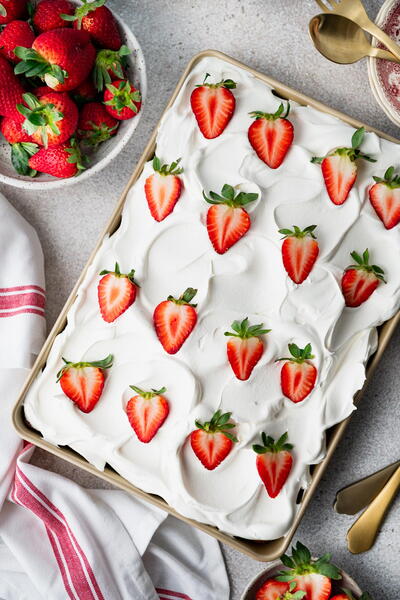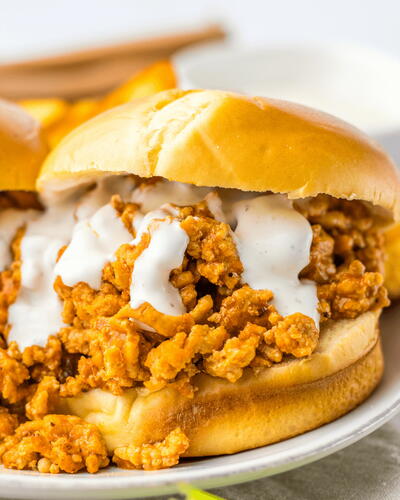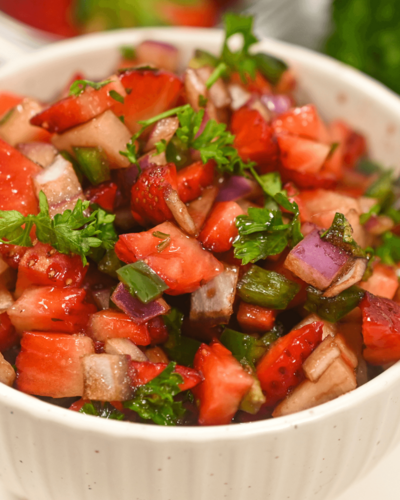Pita (khubz, Baladi)
Ingredients
- 2 teaspoons dry yeast
- 2 cups lukewarm water
- 5 to 6 cups hard whole wheat flour, or 3 cups each hard whole wheat flour
- and hard unbleached white flour, or unbleached all purpose flour
- 1 tablespoon salt
- 1 tablespoon olive oil
Instructions
Eastern Mediterranean. In a large bread bowl, sprinkle the yeast over the warm water. Stir to dissolve. Stir in 3 cups flour, a cup at a time, and then stir 100 times, about 1 minute, in the same direction to activate the gluten. Let this sponge rest for at least 10 minutes, or as long as 2 hours. Sprinkle the salt over the sponge and stir in the olive oil. Mix well. Add more flour, a cup at a time, until the dough is too stiff to stir. Turn it out onto a lightly floured surface and knead for 8 to 10 minutes, until smooth and elastic. Rinse out the bowl, dry, and lightly oil. Return the dough to the bowl and cover with plastic wrap. Let rise until at least doubled in size, approximately 1 1/2 hours. To save the dough in the refrigerator for baking later, gently punch it down. Wrap it in a plastic bag that is at least three times as large as the dough, and secure it just at the opening of the bag; this will give the dough room to expand while it is in the refrigerator. Then, from day to day, simply cut off the amount of dough you need and keep the rest in the refrigerator. After a few days, the dough will smell increasingly fermented, but the fermentation actually improves the taste of the bread, especially if baked on quarry tiles. If baking the breads: Place unglazed quarry tiles, or two small baking sheets, on the bottom rack of your oven, leaving a 1-inch gap all around between the tiles or sheets and the oven walls to allow heat to circulate. Preheat the oven to 450 F. Gently punch down the dough. Divide the dough in half, then set half aside, covered, while you work with the rest. Divide the other half into 8 equal pieces and flatten each piece with lightly floured hands. Roll out each piece to a circle 8 to 9 inches in diameter and less than 1/2 inch thick. Keep the rolled-out breads covered until ready to bake, but do not stack. Place 2 breads, or more if your oven is large enough, on the quarry tiles or baking sheets, and bake for 2 to 3 minutes, or until each bread has gone into a full "balloon." If there are seams or dry bits of dough, or for a variety of other reasons being. your quarry tiles are not sufficiently preheated the breads may not balloon properly. But don't worry, they will still taste great. The more you bake pitas, the more you will become familiar with all the little tricks and possible pitfalls, and your breads will more consistently balloon. Wrap the baked breads together in a large kitchen towel to keep them warm and soft while you bake the remaining rolled out breads. Then repeat with the rest of the dough. To cook the pitas on top of the stove: Preheat a 9 inch or larger griddle or cast-iron skillet over medium high heat. When hot, lightly grease the surface of the griddle with a little oil. Meanwhile, gently punch down the dough and divide it in half. Cover one half and divide the other half into 8 pieces. Flatten each piece with well-floured hands, then roll out one at a time into circles less than 1/2 inch thick and 8 to 9 inches in diameter. Gently put one bread onto the griddle. Cook for 15 to 20 seconds, then gently turn over. Cook for about 1 minute, until big bubbles begin to appear. Turn the bread again to the first side, and cook until the bread balloons fully. To help the process along, you can press gently with a towel on those areas where bubbles have already formed, trying to push the air bubble into areas that are still flat. The breads should take no more than 3 minutes to cook, and, likewise, they shouldn't cook so fast that they begin to burn; adjust the heat until you find a workable temperature. Wrap the cooked breads in a large kitchen towel to keep them warm and soft while you cook and roll out the rest of the dough in the same way. There is no need to oil the griddle between each bread, but after 4 or 5 breads, you might want to lightly oil the surface again. Makes approximately 16 pocket breads, 8 to 9 inches in diameter.

